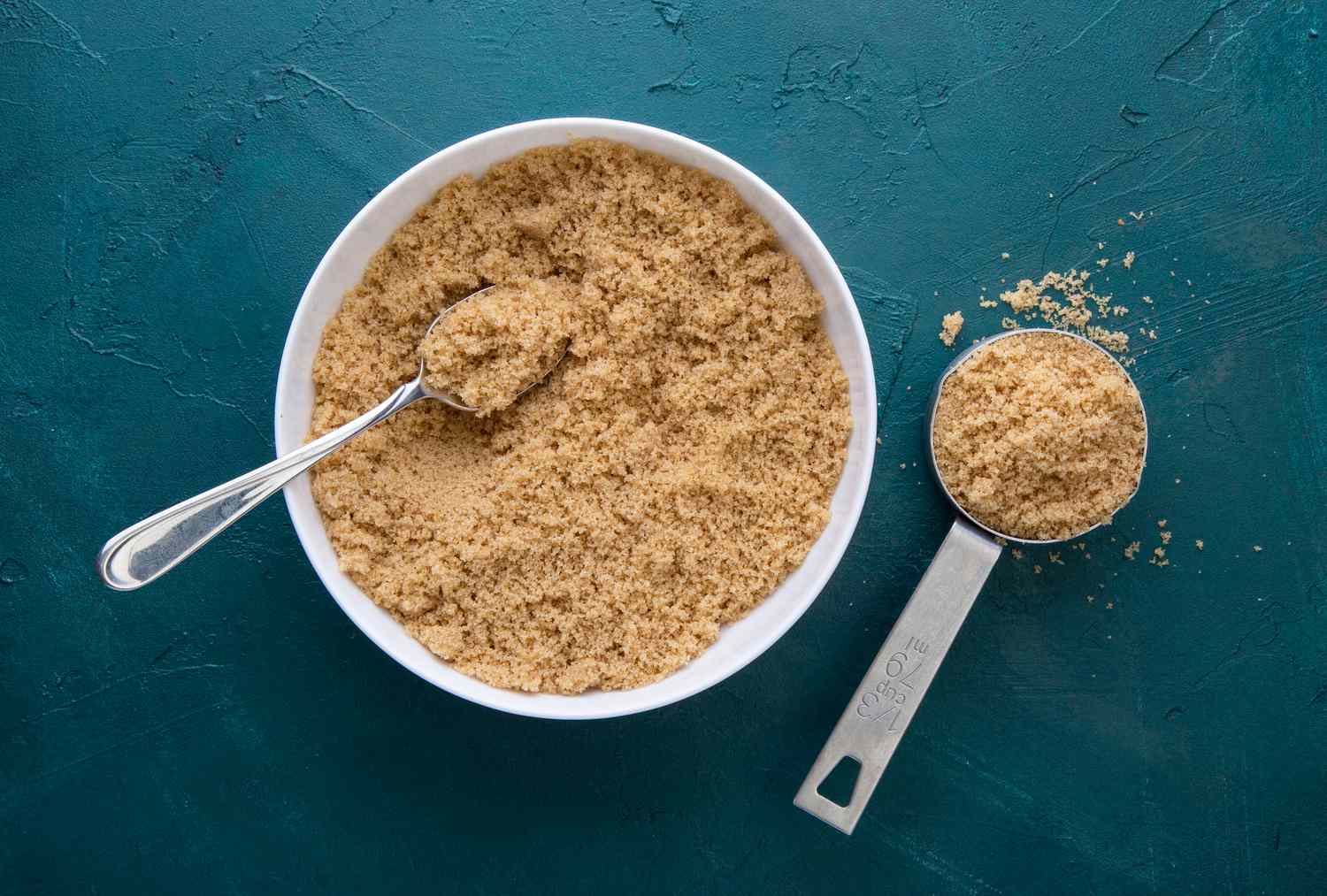

Articles
How To Store Brown Sugar Long Term
Modified: February 29, 2024
Discover the best methods for storing brown sugar long term with our informative articles. Keep your brown sugar fresh and clump-free for extended periods.
(Many of the links in this article redirect to a specific reviewed product. Your purchase of these products through affiliate links helps to generate commission for Storables.com, at no extra cost. Learn more)
Introduction
When it comes to baking and cooking, brown sugar is an ingredient that adds a touch of sweetness and depth of flavor to countless recipes. Whether you use it to make cookies, cakes, sauces, or glazes, having a good supply of brown sugar on hand is essential for any avid home cook. However, if you frequently use brown sugar, you may have encountered the frustrating experience of finding your once soft and moist sugar turned into a hard and clumpy mess.
This is where proper storage comes into play. Storing brown sugar correctly is crucial to maintain its freshness, texture, and flavor over an extended period of time. While brown sugar has a longer shelf life compared to other sugars, it is still susceptible to clumping and drying out if not stored properly. In this article, we will delve into the importance of properly storing brown sugar, the factors that can affect its storage, recommended storage containers, steps to store brown sugar long term, tips for maintaining freshness, and how to revive hardened brown sugar.
By following the guidelines and tips provided, you can ensure that your brown sugar stays fresh, soft, and ready to use whenever a craving for something sweet strikes.
Key Takeaways:
- Properly storing brown sugar is crucial for maintaining its quality, extending its shelf life, and ensuring it remains easy to use in your favorite recipes. Choose airtight containers, avoid temperature fluctuations, and use moisture-retaining methods to keep it fresh.
- Revive hardened brown sugar by adding moisture, using the microwave or oven method, or grating/crushing the sugar. Store it properly afterwards to prevent hardening. Proper storage and maintenance practices ensure fresh, soft brown sugar for your culinary endeavors.
Read more: How To Store Sugar Long Term
Importance of Properly Storing Brown Sugar
Properly storing brown sugar is essential for several reasons. Firstly, it helps preserve the quality and flavor of the sugar. Brown sugar has a higher moisture content compared to other sugars, and when exposed to air, it can quickly dry out and harden. This can significantly affect the texture and taste of your baked goods or other recipes, leading to less desirable results.
Secondly, storing brown sugar correctly extends its shelf life. While white sugar has an almost indefinite shelf life, brown sugar, with its higher molasses content and moisture content, can spoil if not stored properly. When exposed to moisture and air, brown sugar can attract pests and become a breeding ground for mold and bacteria. By storing it in the right conditions, you can ensure that your brown sugar remains safe and usable for an extended period.
Lastly, properly stored brown sugar saves you both time and money. When brown sugar hardens, it can become difficult to measure accurately and incorporate into recipes. This can lead to less predictable results and the need for additional time and effort to break down the hardened sugar. By storing brown sugar correctly, you can prevent it from clumping and save yourself from the frustration of dealing with a hardened sugar block.
Overall, properly storing brown sugar is crucial for maintaining its quality, extending its shelf life, and ensuring that it remains easy to use in your favorite recipes.
Factors Affecting Brown Sugar Storage
Several factors can affect the storage of brown sugar and contribute to its clumping and hardening. Understanding these factors can help you take the necessary precautions to prevent them and keep your brown sugar fresh and usable.
Air Exposure: One of the primary culprits behind the hardened brown sugar is exposure to air. When brown sugar is exposed to the air, it loses its moisture content, causing it to dry out and become hard.
Moisture: While air exposure can cause the sugar to dry out, excessive moisture can also be detrimental. If brown sugar comes into contact with moisture from humidity or improper storage conditions, it can turn into a sticky clump or even develop mold, rendering it unusable.
Temperature Fluctuations: Extreme temperature fluctuations can also impact the texture and quality of brown sugar. When brown sugar is exposed to high temperatures, the moisture content can evaporate rapidly, causing clumping. On the other hand, fluctuating temperatures can lead to condensation, introducing excess moisture and contributing to the formation of clumps.
Packaging: The packaging of brown sugar can play a role in its storage as well. If the sugar is not stored in an airtight container or if the packaging is not properly sealed, it can lead to air exposure and moisture absorption, accelerating the hardening process.
Storage Duration: Brown sugar can also be affected by the length of time it is stored. The longer it sits unused, the more likely it is to dry out and harden, especially if proper storage practices are not followed.
Molasses Content: Brown sugar gets its distinctive flavor and moist texture from the presence of molasses. The higher the molasses content, the softer and moister the sugar tends to be. Sugars with lower molasses content may not retain moisture as effectively, making them more prone to hardening.
Storage Location: Lastly, where you store your brown sugar can impact its condition. Storing it in a cool, dry, and dark place, away from heat sources and direct sunlight, will help maintain its quality by minimizing exposure to temperature fluctuations and excess moisture.
By being mindful of these factors, you can take the necessary steps to store your brown sugar properly and prevent it from clumping, hardening, or spoiling.
Recommended Storage Containers for Brown Sugar
Choosing the right storage container for your brown sugar is crucial for maintaining its freshness and preventing clumping or hardening. Here are some recommended storage containers that will help you keep your brown sugar in optimal condition:
- Airtight Containers: The most important feature of a storage container for brown sugar is its ability to create an airtight seal. Airtight containers prevent air from entering and moisture from escaping, keeping the brown sugar soft and moist. Look for containers with tight-fitting lids that lock in the freshness.
- Glass Jars: Glass jars with airtight lids are an excellent choice for storing brown sugar. They are non-porous, which means they won’t absorb moisture and odors that could affect the sugar’s quality. Additionally, glass jars allow you to see the contents inside without having to open the container, making it easy to monitor the sugar’s condition.
- Plastic Containers: High-quality, food-grade plastic containers with airtight seals can also be used to store brown sugar. Look for containers that are BPA-free and designed specifically for food storage. Plastic containers are lightweight and easy to handle, making them a convenient option for everyday use.
- Ziplock Bags: If you don’t have dedicated storage containers, you can use sturdy, resealable ziplock bags. Make sure to press out as much air as possible before sealing the bag tightly. Ziplock bags are a space-saving option and allow you to portion out the sugar as needed.
- Ceramic Containers: Ceramic containers with tight-fitting lids can also be used to store brown sugar. They provide a stylish and moisture-resistant option for keeping your sugar fresh. However, make sure the ceramic container has a glaze or sealant to prevent moisture absorption.
Regardless of the storage container you choose, remember to clean and dry it thoroughly before transferring the brown sugar to avoid any contamination or moisture issues.
By using the recommended storage containers, you can ensure that your brown sugar remains fresh, soft, and free from clumps, allowing you to enjoy its delightful flavor in your favorite recipes.
To store brown sugar long term, place a slice of bread or a terra cotta disc in the container to keep the sugar moist. Store in an airtight container in a cool, dry place.
Steps to Store Brown Sugar Long Term
To store brown sugar for an extended period and maintain its freshness and texture, follow these simple steps:
- Choose the right container: Select an airtight container that is suitable for brown sugar storage, such as a glass jar, plastic container, or ceramic jar with a tight-fitting lid.
- Prepare the container: Ensure that the storage container is clean and dry. Any moisture or residue in the container can affect the quality of the brown sugar.
- Transfer the brown sugar: Transfer the brown sugar from its original packaging to the airtight container. If the sugar has hardened, gently break apart any clumps before transferring it.
- Add a moisture source: To prevent the brown sugar from drying out, place a moisture source inside the container. You can use a slice of bread, a small piece of apple, or a terra cotta brown sugar saver. They help to retain moisture and keep the sugar soft and moist.
- Seal the container: Ensure that the lid of the container is tightly sealed to create an airtight environment. This will prevent air from entering and moisture from escaping.
- Store in a cool, dry place: Find a cool and dry location in your pantry or kitchen cabinet to store the brown sugar container. Avoid placing it near direct sources of heat or in areas prone to high humidity.
By following these steps, you can effectively store brown sugar long term and prevent it from clumping, hardening, or spoiling. Remember to periodically check the container to ensure that the sugar remains fresh and the moisture source is still effective. If necessary, replace the moisture source to maintain the ideal storage conditions.
Properly stored brown sugar will stay soft, moist, and ready to use whenever you need it, allowing you to enjoy your favorite recipes without any hassle or disappointment.
Read more: How To Store Powdered Sugar Long Term
Tips for Maintaining Brown Sugar Freshness
To keep your brown sugar fresh and prevent it from clumping or hardening, here are some helpful tips:
- Store in airtight containers: As mentioned earlier, using airtight containers is essential for preserving the freshness of brown sugar. Make sure the lid is tightly sealed to prevent air and moisture from entering.
- Avoid temperature fluctuations: Keep brown sugar away from extreme temperature changes, as they can cause condensation and introduce excess moisture. Store it in a cool and stable environment to maintain its texture.
- Keep away from heat and sunlight: Exposure to heat and direct sunlight can accelerate the drying out and hardening process of brown sugar. Store it in a dark and cool pantry or cabinet, away from sources of heat, such as stoves or ovens.
- Use moisture-retaining methods: To prevent your brown sugar from drying out, add a moisture source inside the storage container. A slice of bread, a piece of apple, or a terra cotta brown sugar saver can help keep the sugar moist.
- Avoid moisture exposure: Moisture is the enemy of brown sugar, so it’s important to keep it away from sources of moisture. Store it in a dry area and ensure that the container is completely dry before transferring the sugar.
- Avoid storing near spices or strong odors: Brown sugar can absorb strong odors easily. Keep it away from spices or other strong-smelling ingredients to maintain its distinct flavor.
- Store in smaller quantities: Instead of storing a large quantity of brown sugar, consider portioning it out into smaller containers. This reduces the exposure to air when accessing the sugar, keeping the rest of it fresh for a longer time.
- Rotate your stock: If you have multiple containers of brown sugar, use the “first in, first out” method. Consume the older container first to ensure that it doesn’t sit unused for an extended period.
By following these tips, you can maintain the freshness and quality of your brown sugar, ensuring that it is always ready to use in your favorite recipes. Proper storage and maintenance will save you from the frustration of dealing with hardened or unusable sugar, allowing you to enjoy the true flavor and sweetness it adds to your culinary creations.
How to Revive Hardened Brown Sugar
Discovering that your brown sugar has become hardened can be frustrating, but there are several methods you can try to revive it. Here are some effective ways to soften up hardened brown sugar:
- Add moisture: The primary reason for brown sugar hardening is the loss of moisture. To bring back its softness, you can place a damp paper towel or a fresh slice of bread inside the storage container. Seal the container and let it sit for a few hours or overnight. The moisture from the towel or bread will help restore the sugar’s moisture content.
- Microwave method: If you need to revive a small amount of hardened brown sugar quickly, you can try the microwave method. Place the sugar in a microwave-safe bowl and cover it with a damp paper towel. Heat the bowl in short 10-15 second bursts, checking the consistency after each interval. Be careful not to overheat and melt the sugar.
- Oven method: For larger amounts of hardened brown sugar, you can use the oven method. Preheat your oven to around 250°F (120°C). Place the hardened sugar in an oven-safe container and cover it with a damp paper towel or aluminum foil. Place the container in the preheated oven for about 5-10 minutes until the sugar softens. Keep a close eye on it to avoid melting or burning.
- Grate or crush the sugar: If the above methods do not work, you can try grating or crushing the hardened sugar. Using a cheese grater or a food processor, grate or crush the sugar into smaller pieces. This breaks down the hardened chunks and makes it easier to measure and incorporate into recipes.
- Use a resealable bag or plastic wrap: Another method to soften hardened brown sugar is to place it in a resealable plastic bag or wrap it tightly in plastic wrap. Add a few drops of water or mist the sugar with a spray bottle. Seal the bag or wrap tightly and let it sit for several hours or overnight. The moisture will gradually penetrate the sugar and soften it.
Regardless of the method you choose, it’s important to store the revived brown sugar properly afterwards to prevent it from hardening again. Transfer the softened sugar to an airtight container and follow the recommended storage guidelines outlined earlier in this article.
By employing these techniques, you can successfully revive your hardened brown sugar and get it back to its soft and usable state. No need to worry about clumps or lumps hindering your recipes – your brown sugar will be ready to add its delightful sweetness whenever you need it.
Conclusion
Properly storing brown sugar is essential for maintaining its freshness, texture, and flavor over time. By following the guidelines outlined in this article, you can prevent clumping, hardening, and spoilage, ensuring that your brown sugar stays in perfect condition for your culinary creations.
Remember to choose airtight containers such as glass jars, plastic containers, or ceramic jars with tight-fitting lids to store your brown sugar. Keep it in a cool, dry, and dark place, away from heat sources and direct sunlight. Adding a moisture source like a slice of bread or a terra cotta brown sugar saver can help retain moisture and keep the sugar soft.
In the event that your brown sugar does harden, there are methods to revive it. Whether you add moisture, use the microwave or oven method, or grate/crush the sugar, you can bring back its softness and usability.
Maintaining freshness and quality not only saves you time and frustration but also ensures that your baked goods and recipes turn out as delicious as possible.
By following these storage and maintenance practices, you can always have fresh, soft brown sugar at the ready, enhancing your culinary endeavors and satisfying your sweet tooth!
Frequently Asked Questions about How To Store Brown Sugar Long Term
Was this page helpful?
At Storables.com, we guarantee accurate and reliable information. Our content, validated by Expert Board Contributors, is crafted following stringent Editorial Policies. We're committed to providing you with well-researched, expert-backed insights for all your informational needs.
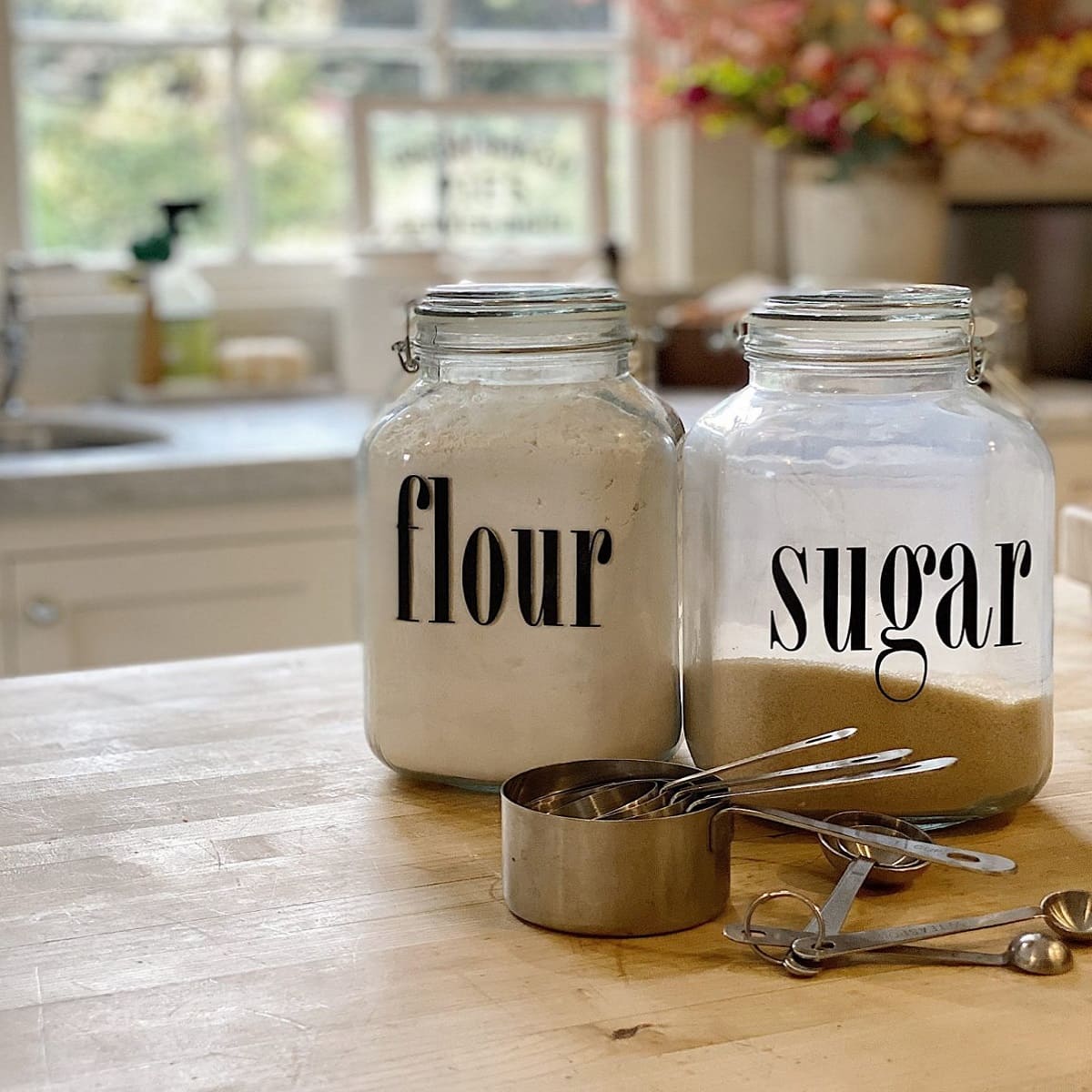
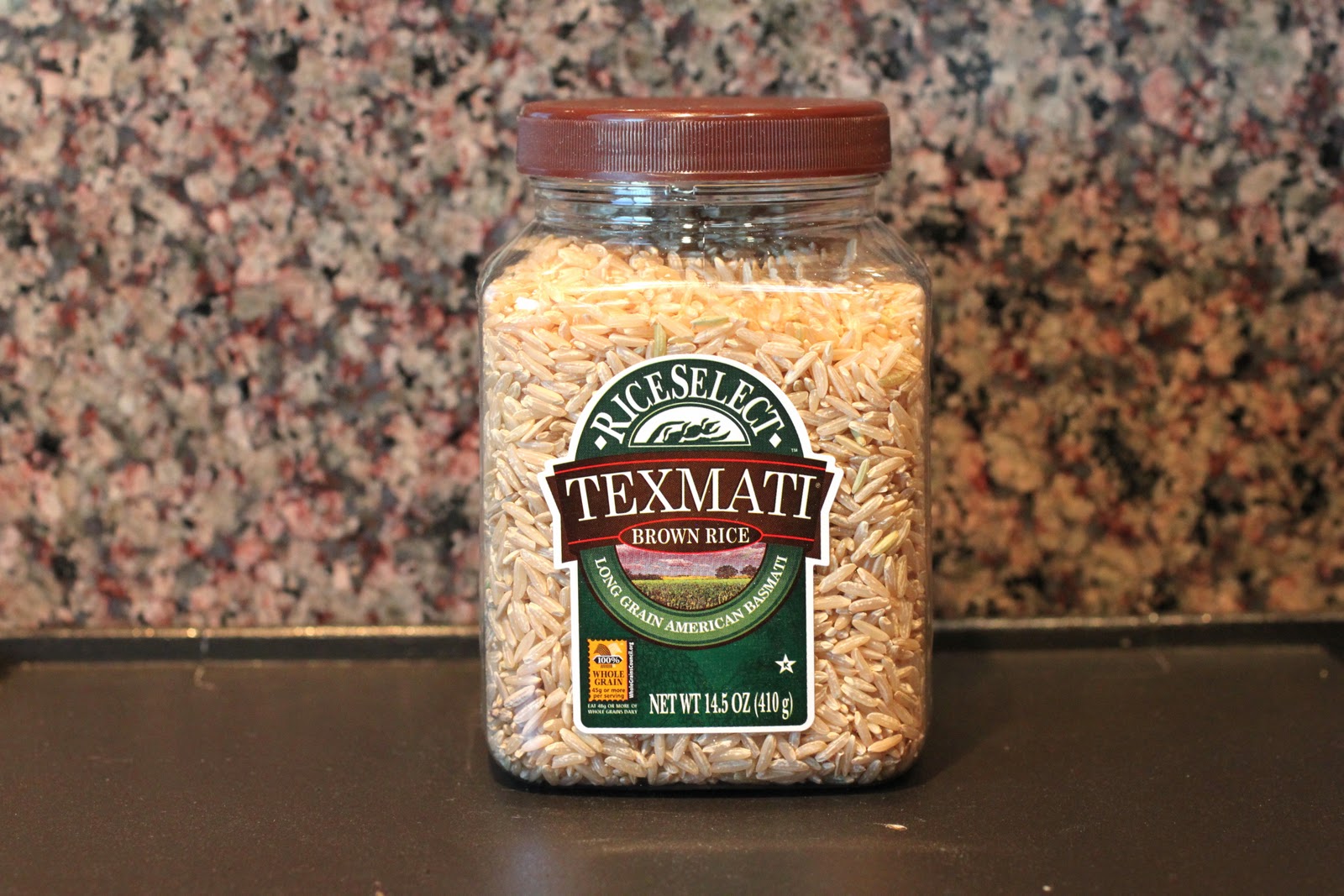
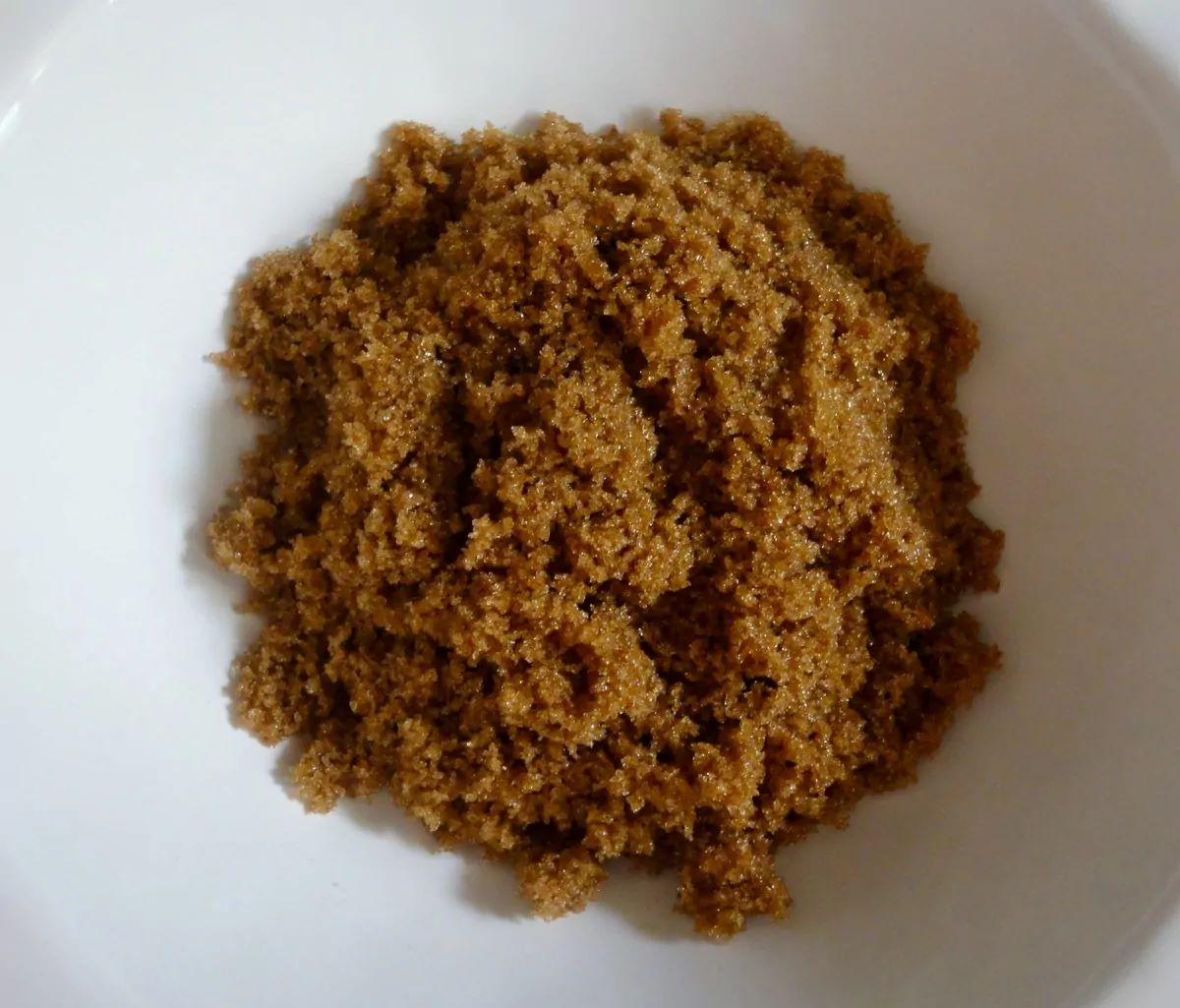
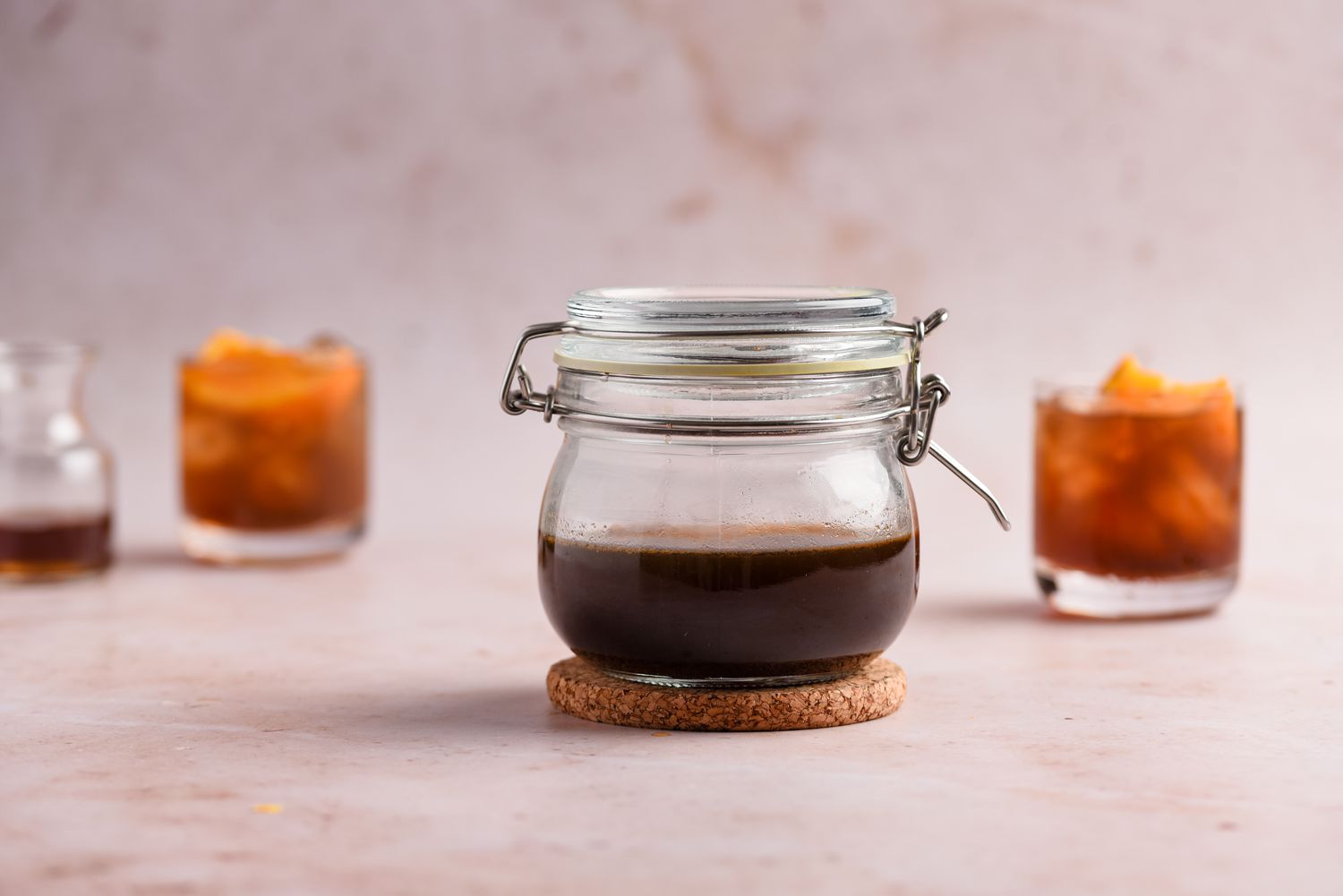
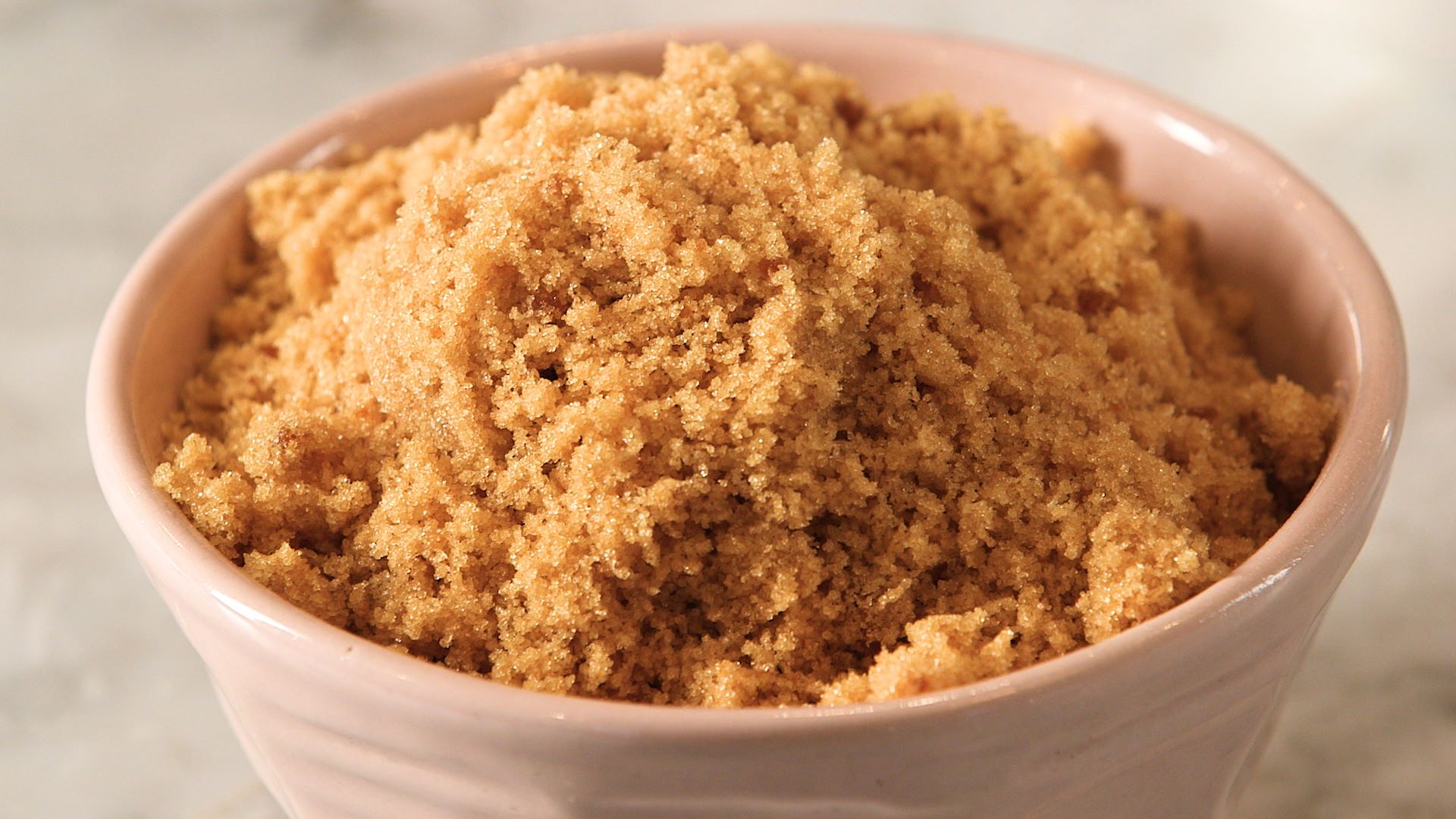
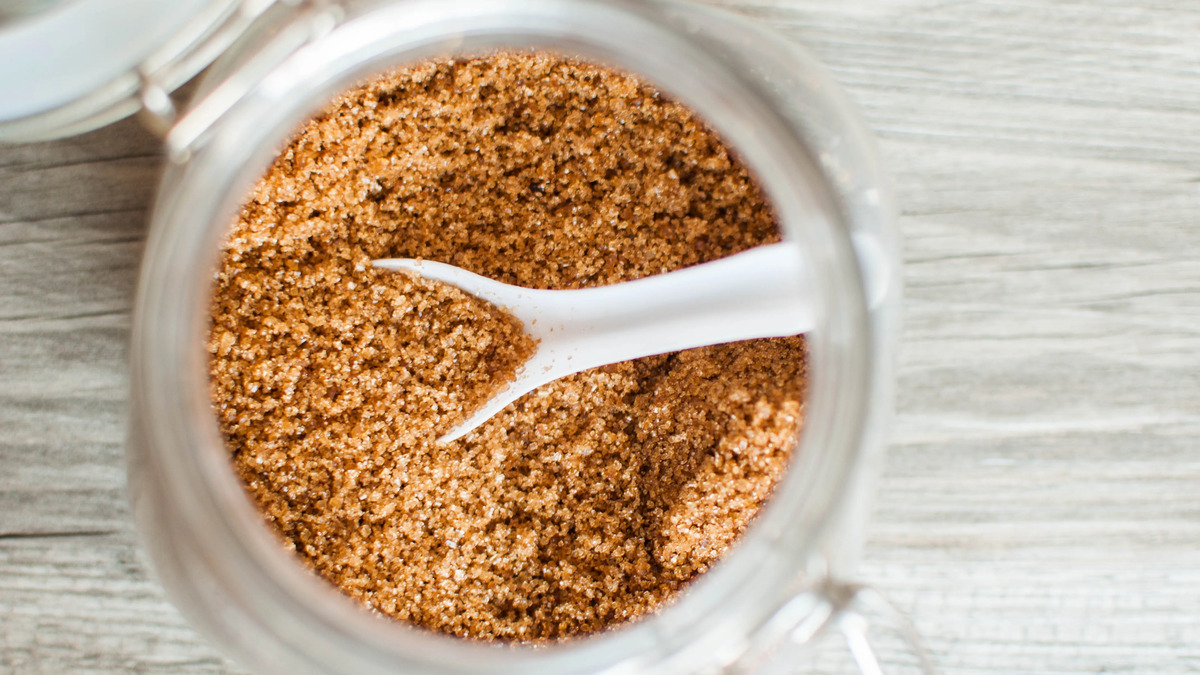
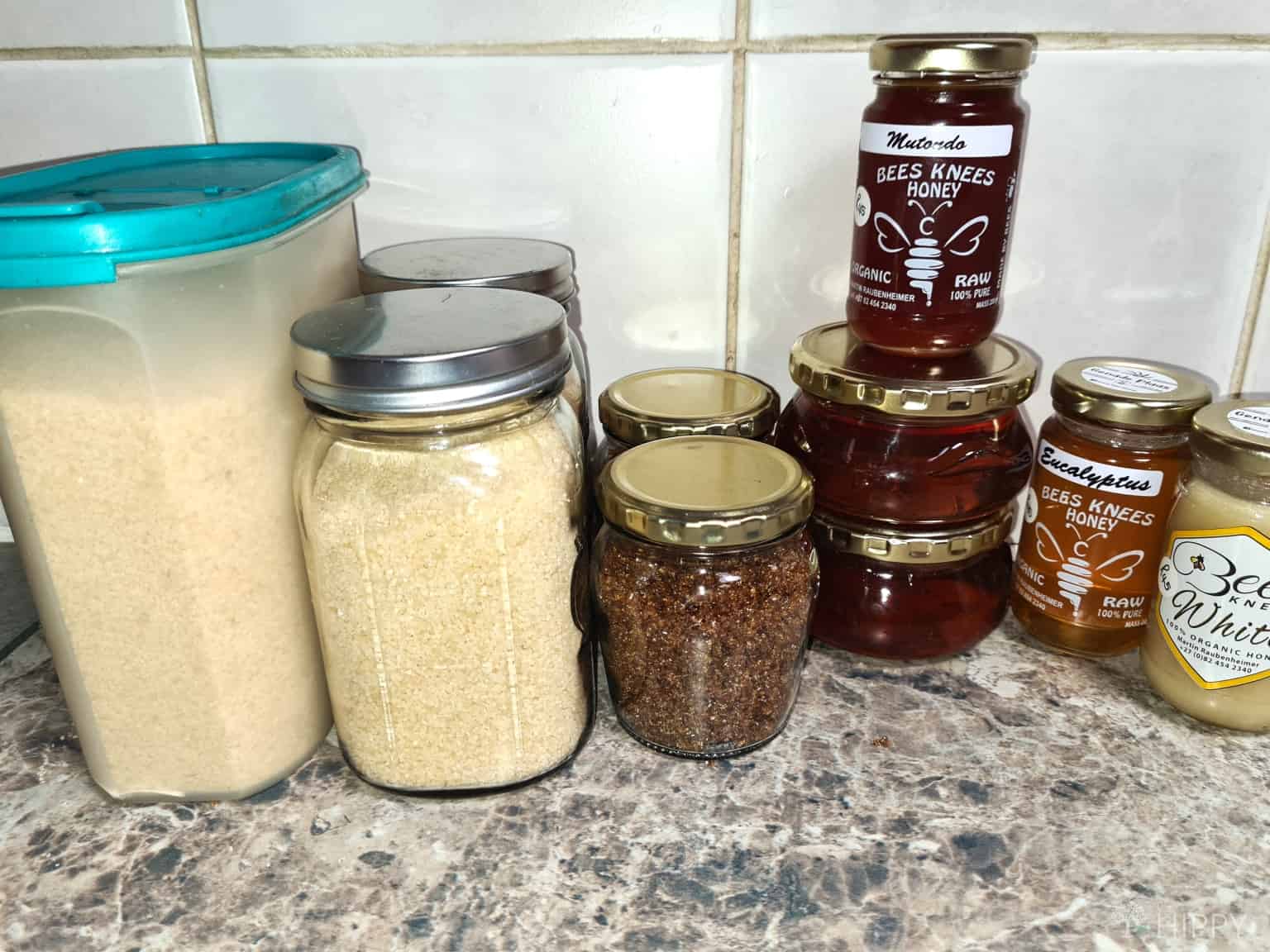
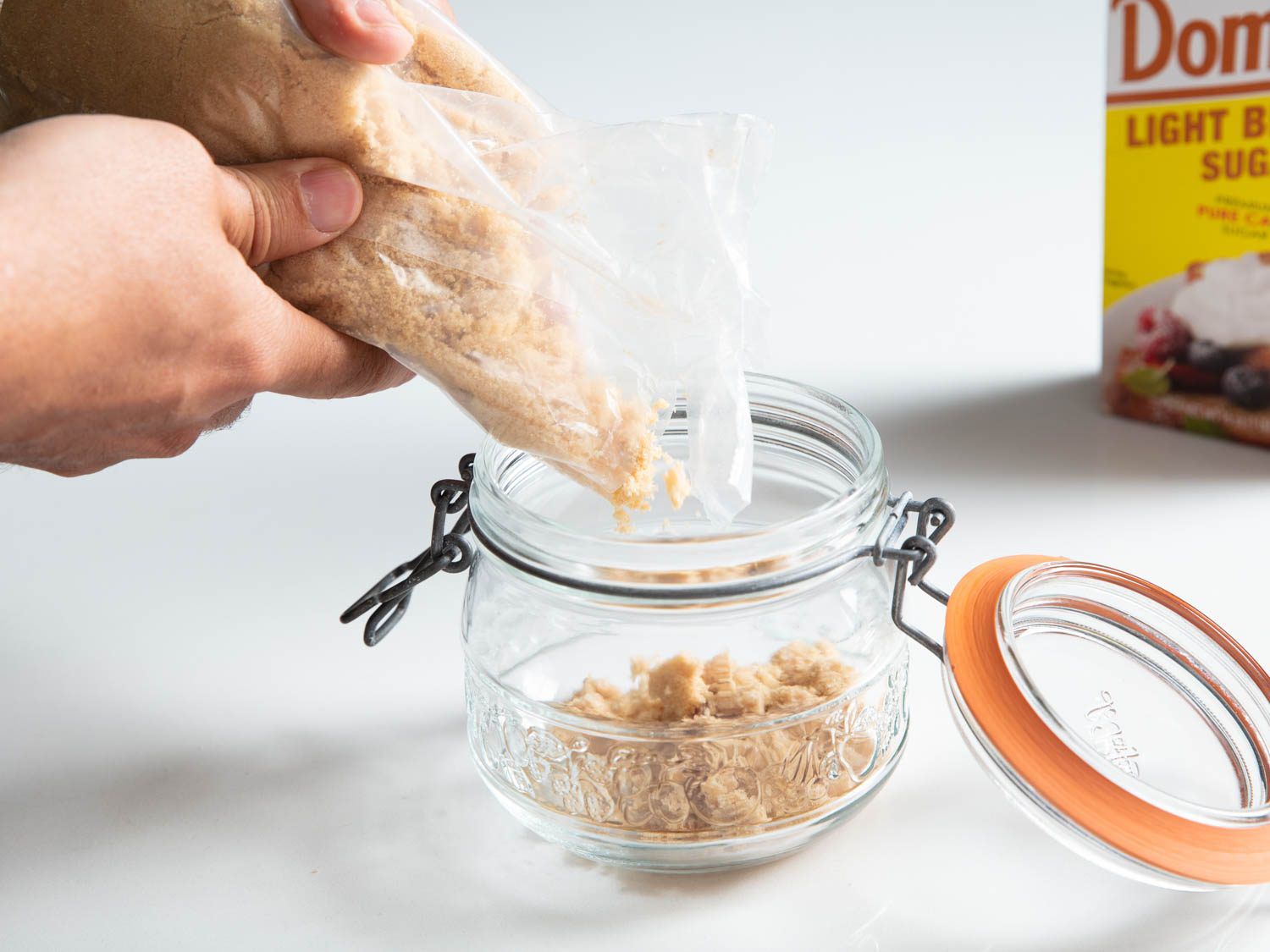
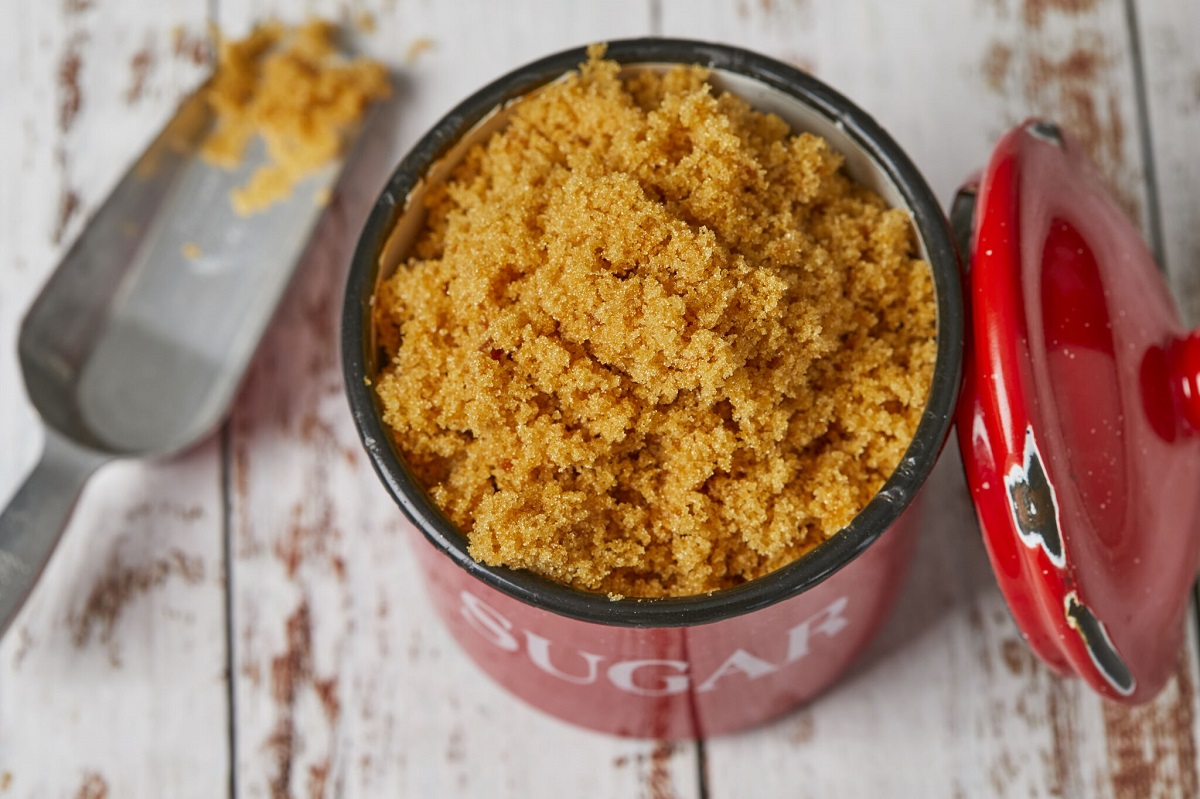






0 thoughts on “How To Store Brown Sugar Long Term”